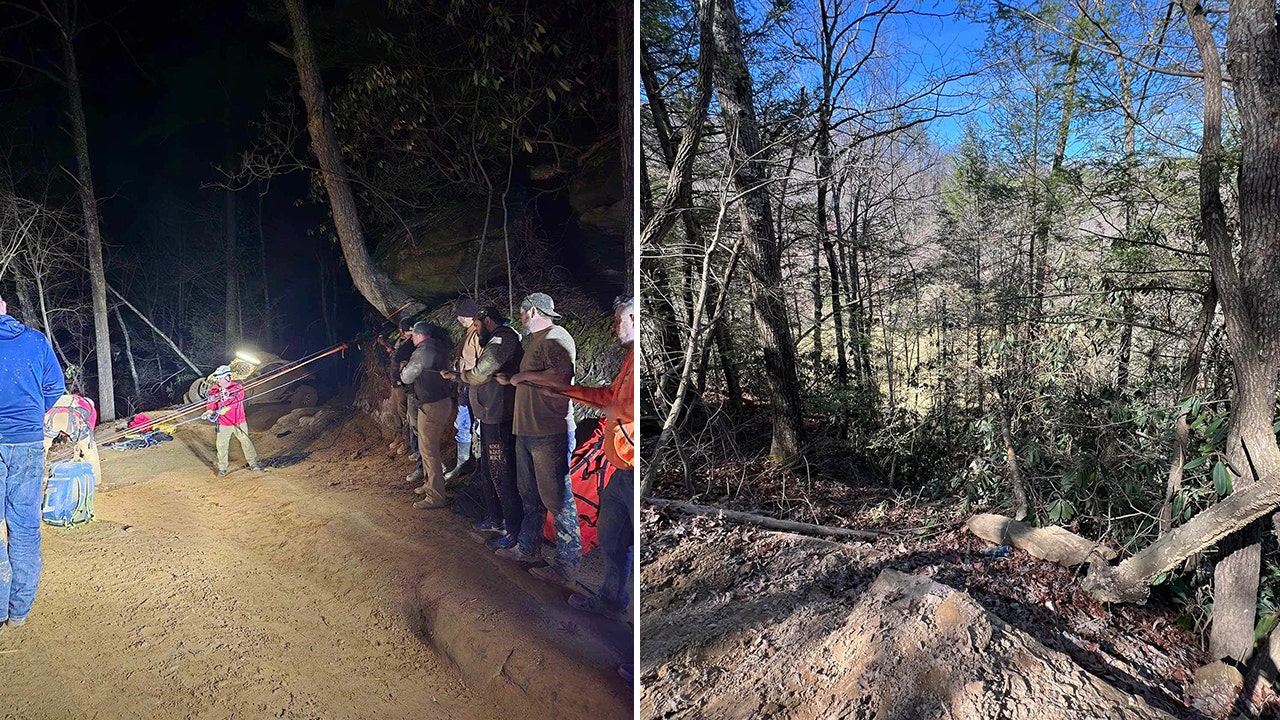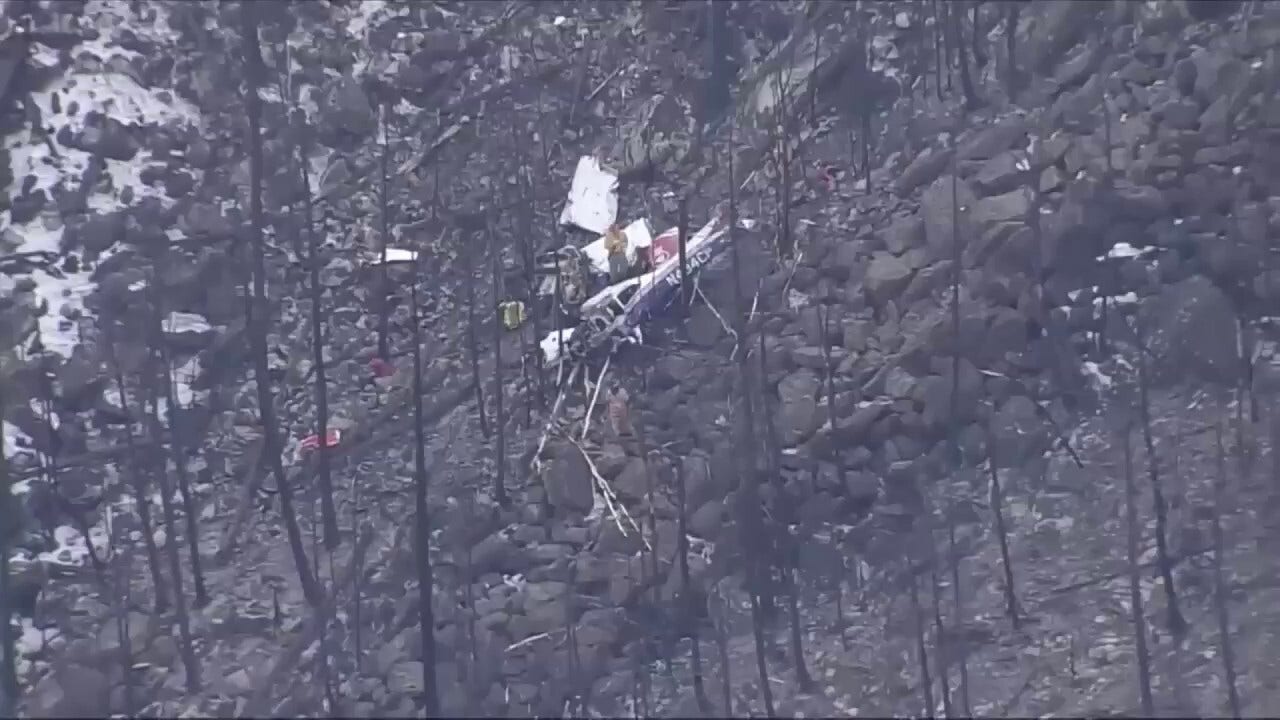A 4.8-magnitude earthquake sent tremors from Philadelphia to Boston this morning, rattling New York City skyscrapers and surprising many East Coasters. Some ran out of their homes. Others hung on to a piece of furniture for dear life. Air traffic was briefly halted. But no major damage has been reported.
The earthquake struck at 10:23 a.m. Eastern, with an epicenter near Whitehouse Station, N.J. — about 40 miles west of New York City — according to the United States Geological Survey. It was the largest quake within 250 miles of Manhattan in more than 30 years, and the third largest since the data began in 1957. New Yorkers are more familiar with much smaller tremors, which usually go unnoticed in a city full of rumbles.
The quake, which would have been relatively minor in places more prone to shakes, revealed potential shortcomings in New York’s emergency notification system: A text warning went out nearly 40 minutes after the earthquake hit. The city is also filled with old brick buildings, and officials said they remained concerned about the aftereffects of the quake.
Israel disciplined officers for aid worker killings
The Israeli military announced today that two officers had been removed from their posts and three senior commanders were reprimanded for their role in the drone strikes that killed seven aid workers in Gaza this week.
The army’s findings will also be sent to military prosecutors to determine whether anyone should face criminal charges for their role in the attacks, which Israel said were the result of a string of significant errors. In the meantime, the military is assessing whether to move the two dismissed officers to other roles or to fire them.
In related news, Secretary of State Antony Blinken welcomed Israel’s plan to establish new aid routes into Gaza, but stressed that the measure of success will be whether enough trucks get in to ease the humanitarian crisis.
During a visit, Biden vowed to rebuild Baltimore’s bridge
In Baltimore today, President Biden toured the wreckage of the Francis Scott Key Bridge, which collapsed 10 days ago after a shipping vessel slammed into it. He told the city’s residents that “your nation has your back,” and called on Congress to fund the entire cost of rebuilding the bridge as quickly as possible.
How much of the cost taxpayers will end up bearing is a more challenging question. Determining who is ultimately on the hook to pay for the deadly disaster is set to become one of the messiest and most expensive disputes of its kind.
A recycling breakthrough is coming up short
A new generation of recycling plants, called advanced recycling, promises to revolutionize the industry by breaking down plastic much further and transforming it into new plastic. Big brands like Procter & Gamble and Nestlé say the technology will help them make good on their sustainability promises.
But so far, advanced recycling is struggling to deliver. Technical issues and lawsuits have fueled concerns that the technology won’t be able to keep up with increasing plastic production.
More top news
Enjoy the eclipse from wherever you are
Monday’s total solar eclipse will be a rare treat for the millions of Americans who either live in the path of totality or plan to travel there this weekend. There won’t be another like it for 20 years, and with the right eye protection it should be an amazing sight.
But for those who didn’t plan ahead, or don’t want to shell out $1,000 for a budget hotel, there’s a surprisingly long tradition of watching eclipses online. My colleague Katrina Miller writes that the 1998 eclipse was a major milestone in the world of online streaming.
For more, we answered common questions about the eclipse.
Also, this playlist compiled by our critic aims to get you in the mood for the cosmic event. It features Cat Stevens’s “Moonshadow.”
‘Curb’ is ending, so we rewatched it
Twenty-four years after it premiered, HBO’s “Curb Your Enthusiasm” is scheduled to air its final episode this Sunday. You may know it as the show Larry David created after “Seinfeld,” but there’s more to it than that. Our critic Wesley Morris rewatched the series, and argues that David is the greatest interpreter of American etiquette since Emily Post.
“Television has never had anything like this show, nothing as uncouth and contradictory and unhinged and yet somehow under a tremendous amount of thematic control,” Wesley wrote.
For more, our style reporter writes that David might be the most unsung fashion critic of our time.
An ’80s fad gets a social media revival
Seasonal color analysis — a classification system that matches a person’s features to shades associated with winter, spring, summer or fall — is suddenly popular again. When The Times wrote about the craze in 1983, the idea was spreading to clothing stores. Now it’s big on Instagram and TikTok, with people shelling out hundreds of dollars for consultations with color analysis influencers.
The trend has many skeptics, who don’t think it’s worth $500 to be told they look pasty in blue. Luckily for color analysis, though, disagreement tends to feed, not quash, social media trends.
Have a glowing weekend.
Thanks for reading. Emree Weaver was our photo editor today. I’ll be back on Monday. — Matthew
We welcome your feedback. Write to us at evening@nytimes.com.






